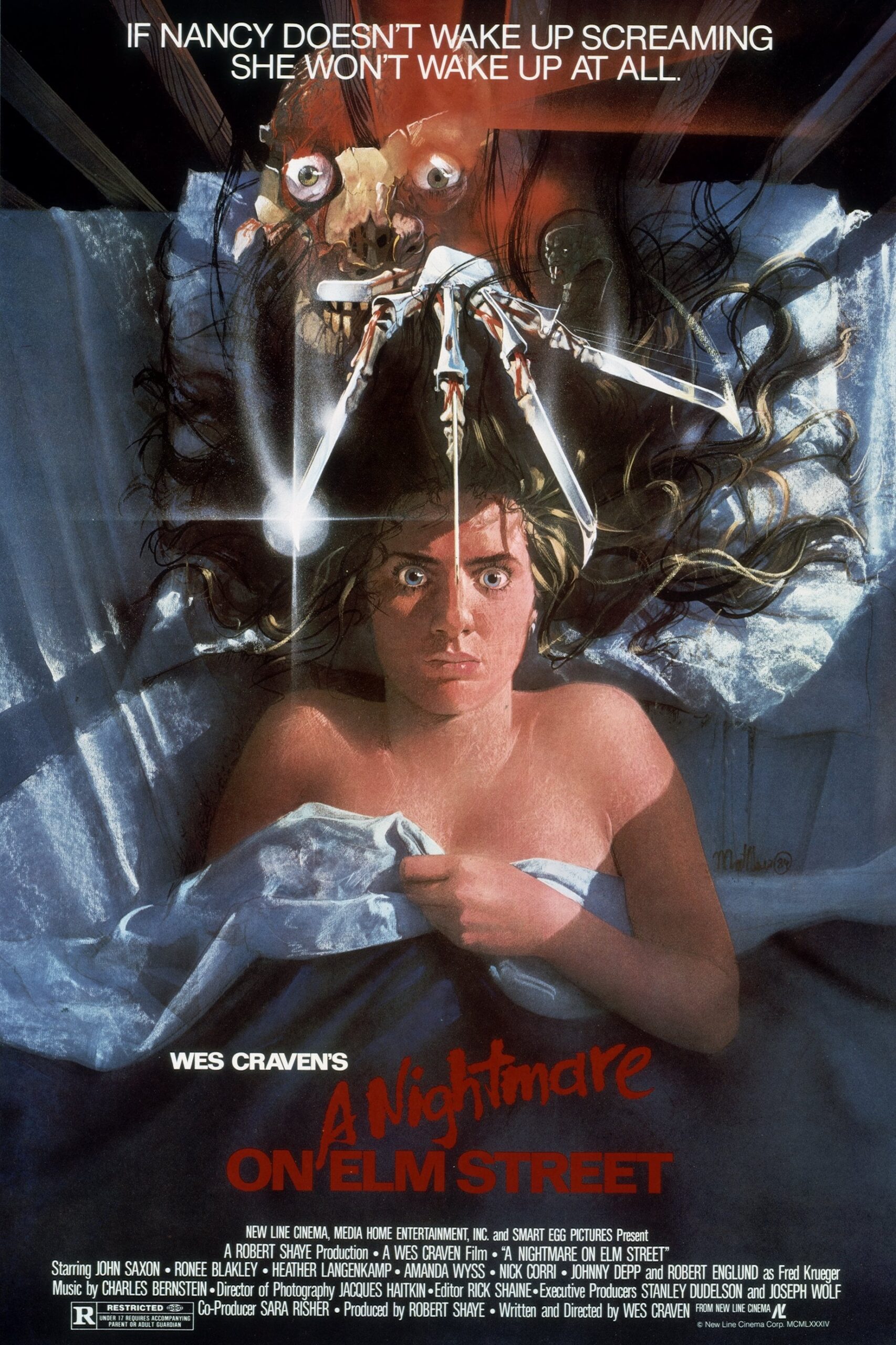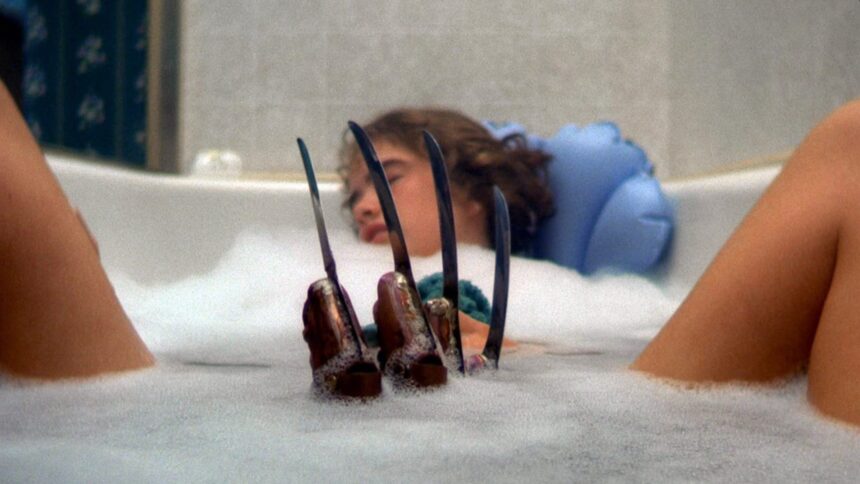In 1984, Wes Craven unleashed a new kind of terror on unsuspecting audiences with A Nightmare on Elm Street. The villain at its heart, Freddy Krueger, quickly became one of the most feared figures in horror cinema, standing tall alongside Michael Myers and Jason Voorhees. Yet, behind the haunting imagery of Freddy's razor-sharp glove and burnt skin lies a critical, often overlooked component of its enduring success—its score. Charles Bernstein, the composer behind the eerie soundtrack, played a pivotal role in shaping the nightmare that would define 80s horror.

Recently, A Nightmare on Elm Street was screened in stunning 4K at a special event in Los Angeles. Fans and filmmakers alike gathered to celebrate the film, and among them was Charles Bernstein, who shared his memories of working on the project. As someone who has scored various films, only a few of which fall into the horror genre, Bernstein's connection to Elm Street is especially notable. During the post-screening Q&A, Bernstein provided insight into how he approached the film's score and his initial doubts about the project.
When Bernstein first saw the film in its rough form, he wasn't convinced it would succeed. “I didn't think this movie was going to see the light of day,” he admitted. Watching an early black-and-white work print, where some of the visual effects were still incomplete, he recalled wondering what he had gotten himself into. One scene, in particular, stuck with him—the infamous moment when Freddy's tongue emerges from a phone. In Bernstein's words, it was a bizarre experience: “I just remember when that tongue shot out, I got up and hit the pause button. And I just said, Charles, what are you doing?”

Yet, despite his initial doubts, Bernstein saw potential in Wes Craven's unique blend of horror and humor. Like Alfred Hitchcock, Craven knew how to lighten the darkness with subtle touches of wit, which Bernstein's score would need to complement. For example, when the character Nancy (played by Heather Langenkamp) quips about looking “twenty” while battling Freddy, the music had to match the blend of terror and levity Craven so masterfully balanced.
Bernstein's score became as iconic as Freddy himself, with its haunting tones echoing through the nightmares of millions. His ability to evoke dread without overwhelming the audience contributed to the film's psychological intensity. The music was minimalist but effective, featuring eerie electronic elements and a creeping, repetitive melody that has since become synonymous with the franchise.

The success of A Nightmare on Elm Street took everyone by surprise, especially Bernstein, who could not have predicted the film's enduring legacy. Today, the franchise boasts nine films, including sequels, crossovers, and a remake. Even decades later, the first Elm Street still stands out as a landmark in horror, not just because of Freddy Krueger but because of the collaborative artistry behind the scenes. Bernstein's score remains a crucial part of that legacy, forever entwined with the terrifying world Craven built.
Reflecting on the night of the 4K screening, it's clear that Bernstein's work continues to resonate with fans and filmmakers alike. The event was not just a tribute to Freddy Krueger but to the collaborative magic that made A Nightmare on Elm Street possible. Attendees included directors, cinematographers, and actors who had worked on various installments of the series, all paying homage to a movie that redefined the horror genre.

As Halloween approaches, now is the perfect time to revisit the film that introduced Freddy to the world. With Bernstein's score lingering in the background, A Nightmare on Elm Street is a chilling reminder of how music, even in the most unexpected places, can turn a simple horror film into a cultural phenomenon.
Wes Craven's A Nightmare on Elm Street, released on November 9, 1984, remains a testament to creative collaboration, where music, direction, and storytelling come together to create something truly unforgettable. Charles Bernstein's contribution through his unnerving score is an essential piece of that puzzle, proving that sound can be just as terrifying as the villain on screen. Whether you're a long-time fan or new to the horror genre, revisiting this classic offers a chance to appreciate the artistry behind the screams.












